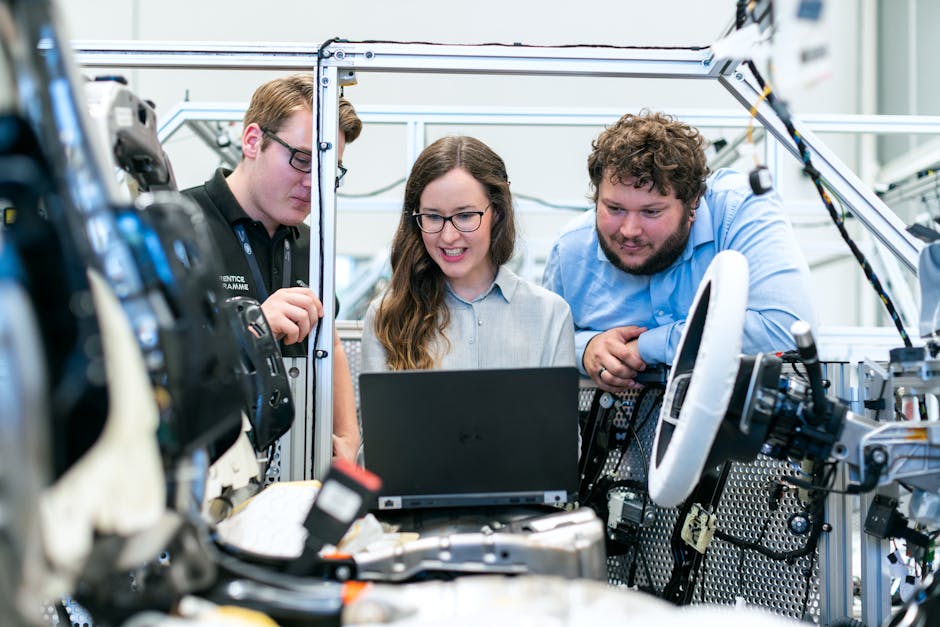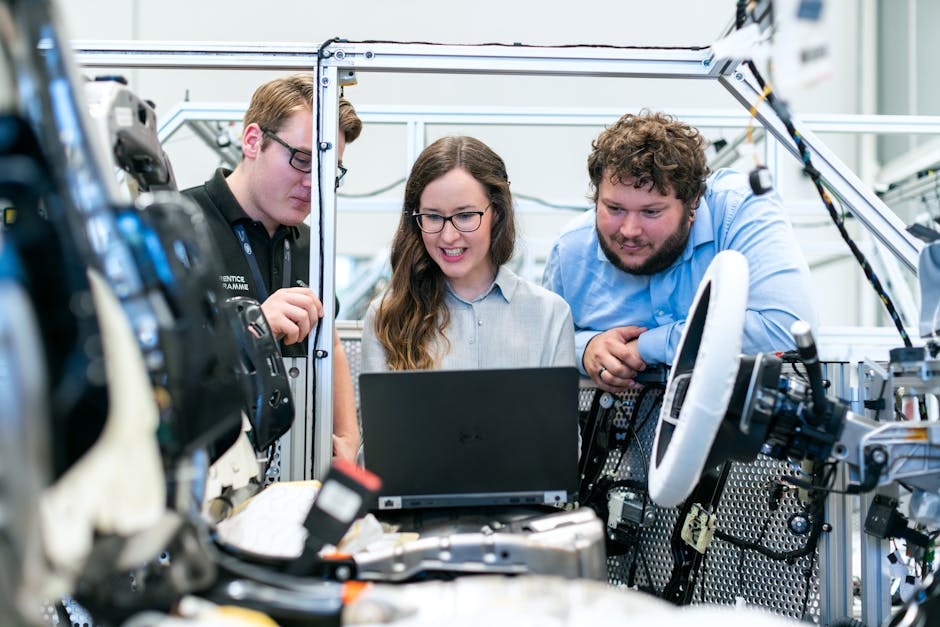
How to Refactor Your Outdated WordPress Code With AI

Imagine a bustling café where every table is occupied, drinks are steaming, and conversations intertwine. This lively atmosphere reflects the internet—dynamic and ever-changing. Yet, in this digital café, many WordPress sites sit like dusty tables in a forgotten corner, running on outdated code, slowing them down, or even worse, making them vulnerable. If you’re wondering , you’re not alone. In this article, we’ll unveil how artificial intelligence can revitalize your site, ensuring it runs efficiently, securely, and up to date.
The Importance of Refactoring Your WordPress Code
When we talk about refactoring, we mean the process of restructuring existing computer code without changing its external behavior. Here’s why it matters:

– Performance Optimization: Outdated code can significantly affect your site’s loading speed, leading to high bounce rates.
– Security Enhancements: Legacy code is often vulnerable to security threats. Updating it can protect your site from potential attacks.
– Maintenance Simplification: Cleaner code is easier to maintain and can reduce technical debt over time.
Understanding AI’s Role in Refactoring
Artificial Intelligence isn’t just a buzzword; it’s a powerful tool that can assist in the refactoring process. Here’s how:
1. Code Analysis

AI can quickly analyze your existing codebase, identifying redundancies and inefficiencies. By assessing the structure, AI tools can highlight areas needing change, making the refactoring process more straightforward.
2. Automated Suggestions
Many AI-driven platforms provide real-time suggestions for improving your code. These suggestions might include:
– Replacing deprecated functions
– Streamlining complex logic
– Enhancing database queries

Utilizing these tools can save valuable time, allowing you to focus on other aspects of your website’s growth.
3. Testing and Verification
After refactoring, it’s crucial to ensure your site functions as expected. AI can automate testing, running multiple scenarios to verify that the changes made do not introduce new issues. Tools like PHPUnit in combination with AI can streamline this process.
Steps to Refactor Your Outdated WordPress Code With AI

Now that you know the benefits of using AI in the refactoring process, let’s break down the steps you should follow:
1. Audit Your Code: Utilize AI tools such as SonarQube to perform a comprehensive audit of your site’s code.
2. Identify Bottlenecks: Pinpoint areas where your code is lagging. Write down segments that could benefit from refactoring.
3. Implement AI Suggestions: Use platforms like GitHub Copilot to aid in rewriting portions of your code. Trust the AI’s recommendations to guide you to better options.
4. Test Thoroughly: Post-refactor, employ AI testing tools to ensure that the changes enhance performance without introducing bugs.
5. Document Changes: Keep a record of what you’ve modified, providing clarity for future maintenance or if additional developers join the project.
Challenges and Considerations
While AI provides tremendous advantages in code refactoring, it’s essential to remain vigilant. Over-relying on automated tools can lead to a cookie-cutter solution that doesn’t consider the unique aspects of your site. Always pair AI assistance with your insights and experiences for the best outcomes.
Conclusion
In conclusion, knowing is a significant step toward maintaining a robust, secure, and efficient website. Employing AI tools can streamline the refactoring process, allowing you to keep your site fresh and functional. If you found this article helpful, we’d love to hear your thoughts! Comment below, and don’t forget to sign up for our newsletter for more insights and tips on optimizing your online presence.
—
Meta Title: : 5 Powerful Tips
Meta Description: Discover . Learn essential tips to improve performance, enhance security, and streamline maintenance!

Leave a Reply